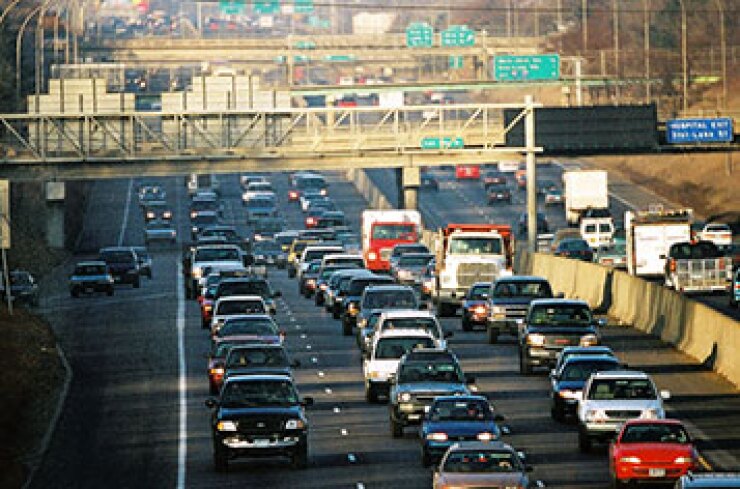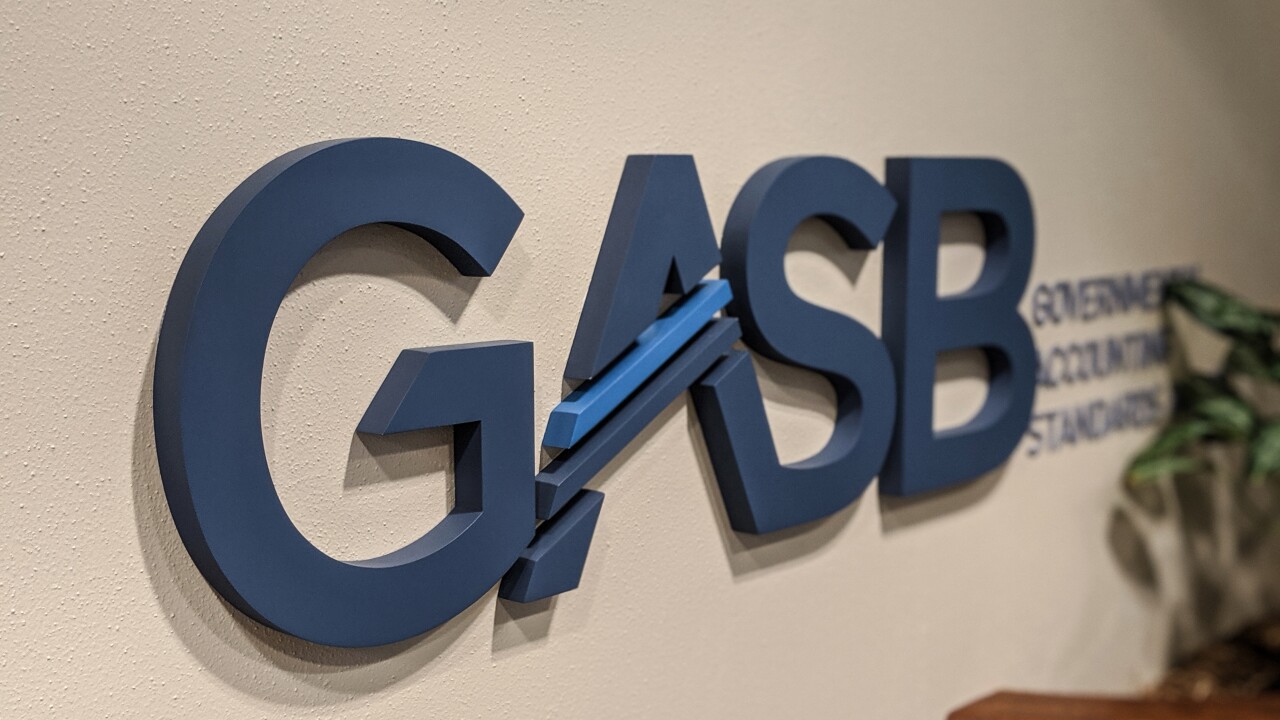
DALLAS – The $70 billion transferred to the Highway Trust Fund by the new five-year federal transportation law will keep the fund solvent through 2020, the Congressional Budget Office said Monday in its latest 10-year budget and economic outlook.
"Spending from the fund is projected to total $53 billion in 2016 while revenues and interest credited to the fund are expected to total $41 billion," the report said. "In CBO's baseline, the Highway Trust Fund is able to meet all obligations through 2020 but becomes exhausted in 2021."
The Fixing America's Surface Transportation Act (PL 114-95) was signed into law on Dec. 4. The $305 billion measure provides $225.2 billion of federal highway funding and $10.2 billion for public transit from the HTF from fiscal 2016 through 2020.
Total spending from the HTF through 2020 will total $280 billion, CBO said, while revenues and interest will amount to only $208 billion. The HTF is expected to end fiscal 2020 with $8 billion in the highway portion and $2 billion in the transit account.
Expenditures from the HTF, the main source of federal reimbursements to states for highway and transit projects, has exceeded dedicated revenues from the federal gasoline tax and other sources by $74 million over the past nine years, CBO said. The $70 billion transfer authorized by the FAST Act to support the HTF through 2020 will bring the total of general fund transfers to almost $143 billion since 2008, CBO said.
CBO's projected a federal deficit of $8.6 trillion, or 3.8% of GDP, over the next 10 years, up $1.5 trillion since its August outlook. "Almost half of that change results from recently enacted legislation," including the FAST Act, the report said.
About 40% of all federal excise tax revenues come from highway-related taxes, with annual receipts from the gasoline and diesel taxes and the federal sales tax on large trucks expected to be between $38 billion and $41 billion over the span of the FAST Act.
The expiration of tax credits on some alcohol fuel mixtures at the end of fiscal 2016 will boost HTF revenues by $3 billion per year through fiscal 2018 but highway revenues will fall steadily as a percentage of gross domestic product, the report said.
The decline in HTF taxes is the net effect of a drop in gasoline consumption and increases in diesel use and the sales tax on trucks, CBO said.
"Gasoline consumption is expected to decline because improvements in vehicles' fuel economy (resulting largely from increases in the government's fuel economy standards) will probably more than offset increases in the number of miles that people drive," the report said.
CBO said it expects the decline in gasoline prices over the past year will boost total miles driven in 2016 and 2017 by enough to compensate for the improvement in fuel economy.
U.S. motorists drove 2.9 trillion miles during the first 11 months of 2015, and will likely set a record for most miles traveled in a year, the Federal Highway Administration said last week.
December's mileage is expected to push the 2015 total to 3.1 trillion miles, up 100 billion miles from 2014.
Miles driven were up every month last year and those increases are expected to continue in 2016, said Transportation Department spokesman Todd Solomon.
"So, even though we have seen indications that individuals might be driving fewer miles per person, an increasing population with increasing freight demands still leads to more and more total miles traveled and more challenges on the road ahead," he said.





